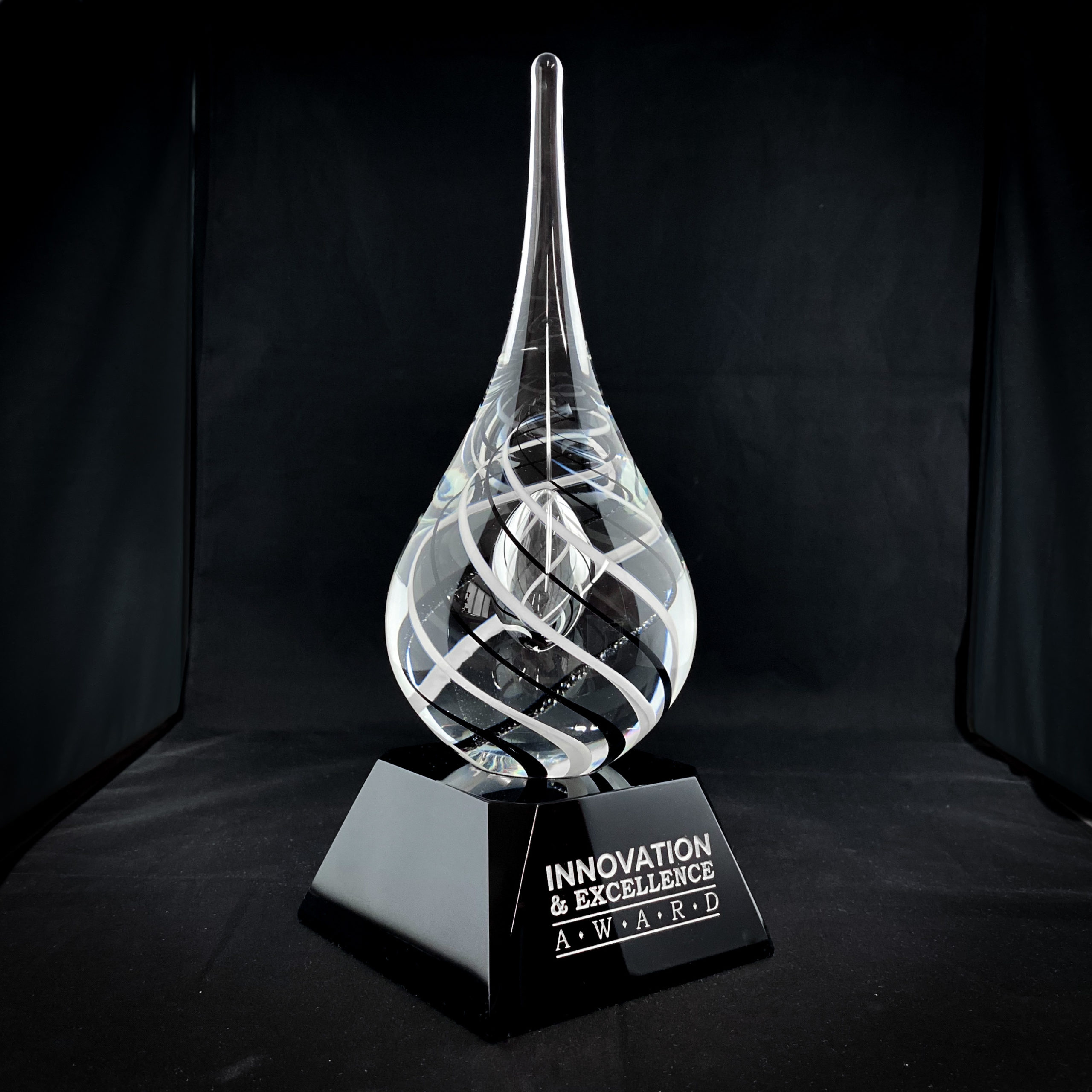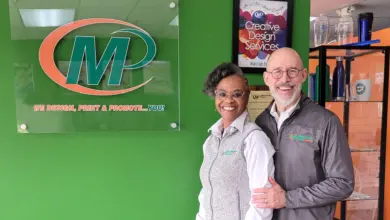
When it comes to color filling after sandcarving, the type of paint you choose will affect the finished look. Below, you’ll find the advantages and disadvantages of oil-based paint versus water-based paint.
Oil-based paint for color filling
Advantages of oil-based paint
- Completely opaque; normally a one-coat application
- Self-leveling for ease of use for bigger areas that were etched
- Dries to hard shellac within 24 hours — very durable
- No need to bake the enamel to harden like most water-based enamel
- UV resistant; will not fade or discolor over time
- Stains — absorbs or fills into the small pores you created after blasting
- You will not get breaking, flaking, or big color contrast differences
- Easy to remove the mask by soaking in hot water — can also use denatured alcohol, Windex, or isopropyl alcohol to help remove the mask or paint residue
- Mask can be peeled off within 1 hour when the paint is at a rubbery stage — the worst-case scenario is paint smearing in some areas which can be easily removed with a rag dabbed in isopropyl alcohol
- Can easily be darkened or lightened
- Gloss and matte additives are available
- Can be diluted with a reducer which acts as a drying accelerator
- Can be found at any craft store or automotive outlets
- Can be diluted for spraying in an airbrush or air pen; rule of thumb is that it should be the consistency of skim milk; typically this is a 1:4 part mix
- Will even out your etch if your etch is slightly uneven (without flaking)
- Easy to cover up mistakes with an opaque finish
- Easy to multi-color fill; lighter color paints can be applied over darker paints without any bleeding occurring
- When taking the mask off with a razor blade, Windex can be applied onto the mask to avoid blade scratching glass by mistake
Disadvantages of oil-based paint
- Takes 24 hours to dry to a shellac
- Cleanup for brushes, stains on the table, etc. requires mineral spirits to remove; soap and water will not work
- When spraying these paints you will need to be cautious of the mist; a respirator may be needed if your ventilation is not adequate
- Not transparent (if that is what you are looking for)
- Cannot use a heat gun to speed up the drying time; this will affect the adhesion properties
- Cannot be found at any home improvement stores like Home Depot (they do not use oil-based paint in homes any longer due to materials not being porous like plaster, wood, etc.)
- The tips/nozzles need to be cleaned daily with acetone, turpentine, or spirits
- Needs to be stored in a metal or glass container
Water-based paint for color filling
Advantages of water-based paint
- Can air dry in less than 10 minutes
- With a heat gun, you can get it to dry in less than a minute; heat will not affect the adhesion
- Can just add water to dilute for airbrush and air pen
- Can be easily found at home improvement stores
- Can be easily sprayed and ventilation is not as important
- Can be easily cleaned with soap and water
- Can be stored in any container over time
Disadvantages of water-based paint
- Semi-transparent finish
- To get opaque, 2-5 coats are recommended
- Not durable unless baked-on enamel which is put in an oven or kiln
- Flakes off if your etch is slightly uneven
- When doing multiple colors you need to cover up the areas you don’t want to color, remove this cover when the paint dries, then cover up the dried paint area, and paint again
- Colors will bleed so you need to be extra careful with water-based transparent paints




